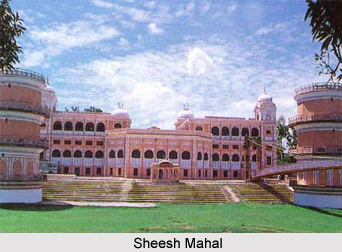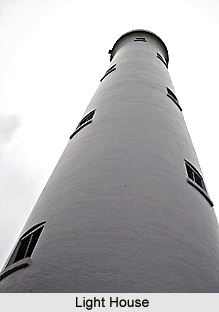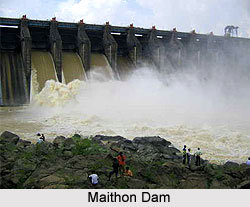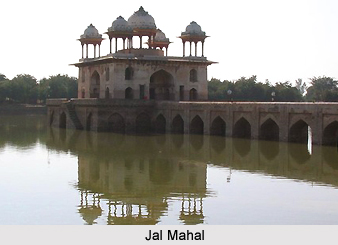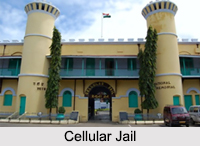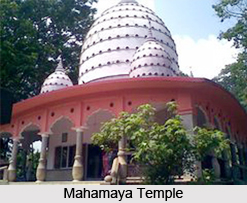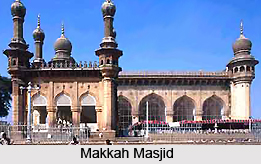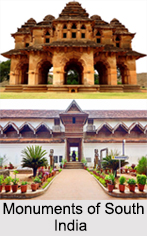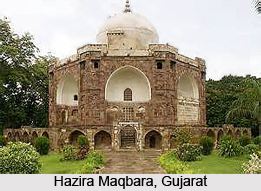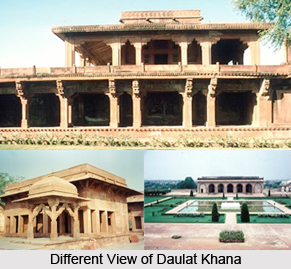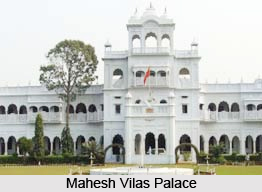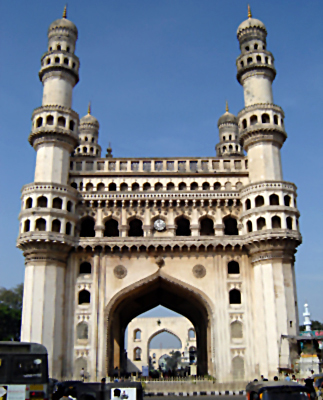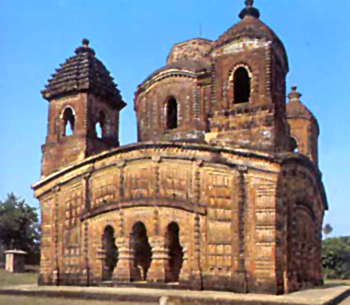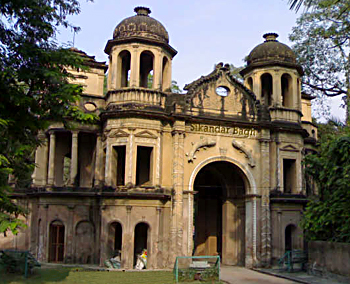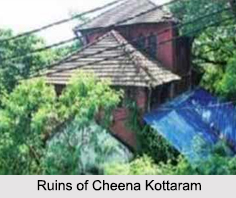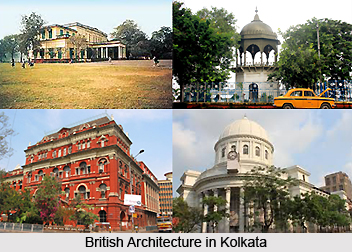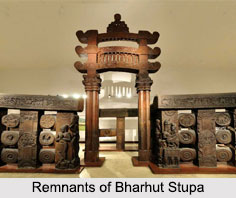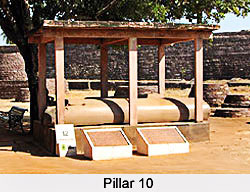 One of the earliest pillars at Sanchi is Pillar 10, erected by Ashoka, near the South Gateway of Stupa 1. Only the lower portion of the pillar stands alone now, fragments of the shaft are placed in a shed near by and its capital is exhibited in the Sanchi Archaeological Museum. This round and slightly tapering tall pillar, with a highly-polished surface, though not equalling its counterpart at Sarnath, must have been one of the finest columns by virtue of its magnificent capital. Made of Chunar sandstone both the shaft and the capital are monolithic, and bear on them the imprint of the precision of Mauryan workmanship.
One of the earliest pillars at Sanchi is Pillar 10, erected by Ashoka, near the South Gateway of Stupa 1. Only the lower portion of the pillar stands alone now, fragments of the shaft are placed in a shed near by and its capital is exhibited in the Sanchi Archaeological Museum. This round and slightly tapering tall pillar, with a highly-polished surface, though not equalling its counterpart at Sarnath, must have been one of the finest columns by virtue of its magnificent capital. Made of Chunar sandstone both the shaft and the capital are monolithic, and bear on them the imprint of the precision of Mauryan workmanship.
The capital consists of a bell-shaped unfolded lotus surmounted by a cable-necking and a round abacus supporting the forefronts of four lions seated back-to-back. The abacus is relieved with four pairs of geese, each separated from the other by a honeysuckle. Although conventionalised, the lions are endowed with a spirited vitality and dignity. The damaged inscription on the stump records Ashoka`s threat to excommunicate from the Buddhist church any monk or nun attempting to create schism in the Sangha.
This article is a stub. You can enrich by adding more information to it. Send your Write Up to content@indianetzone.com
